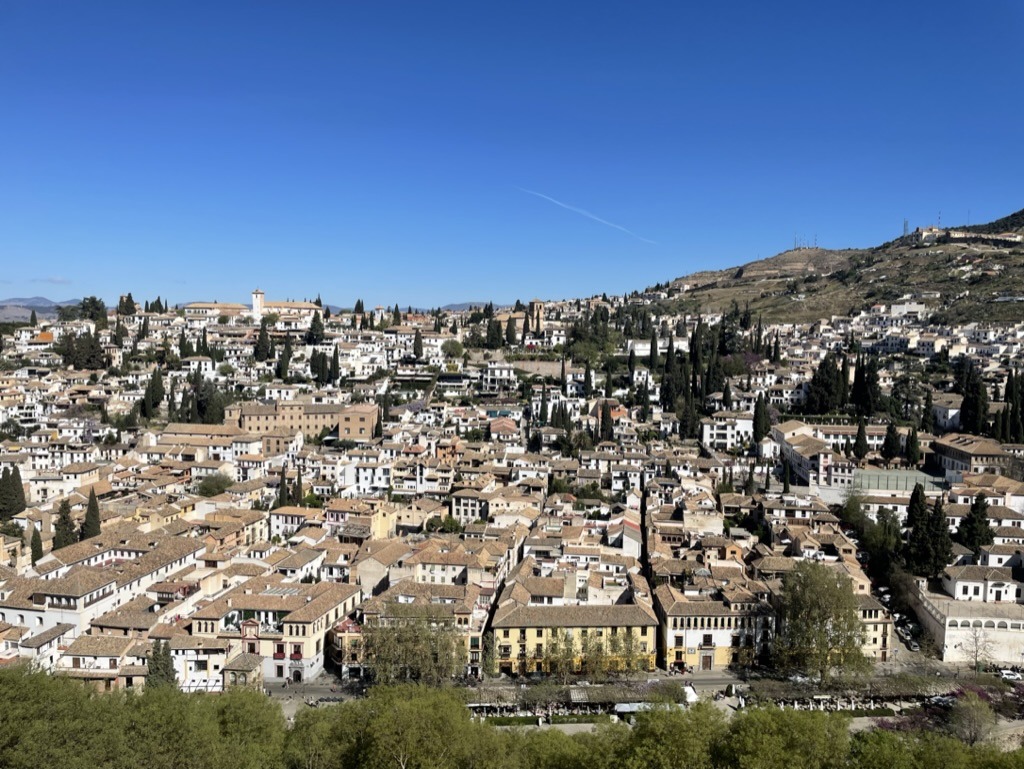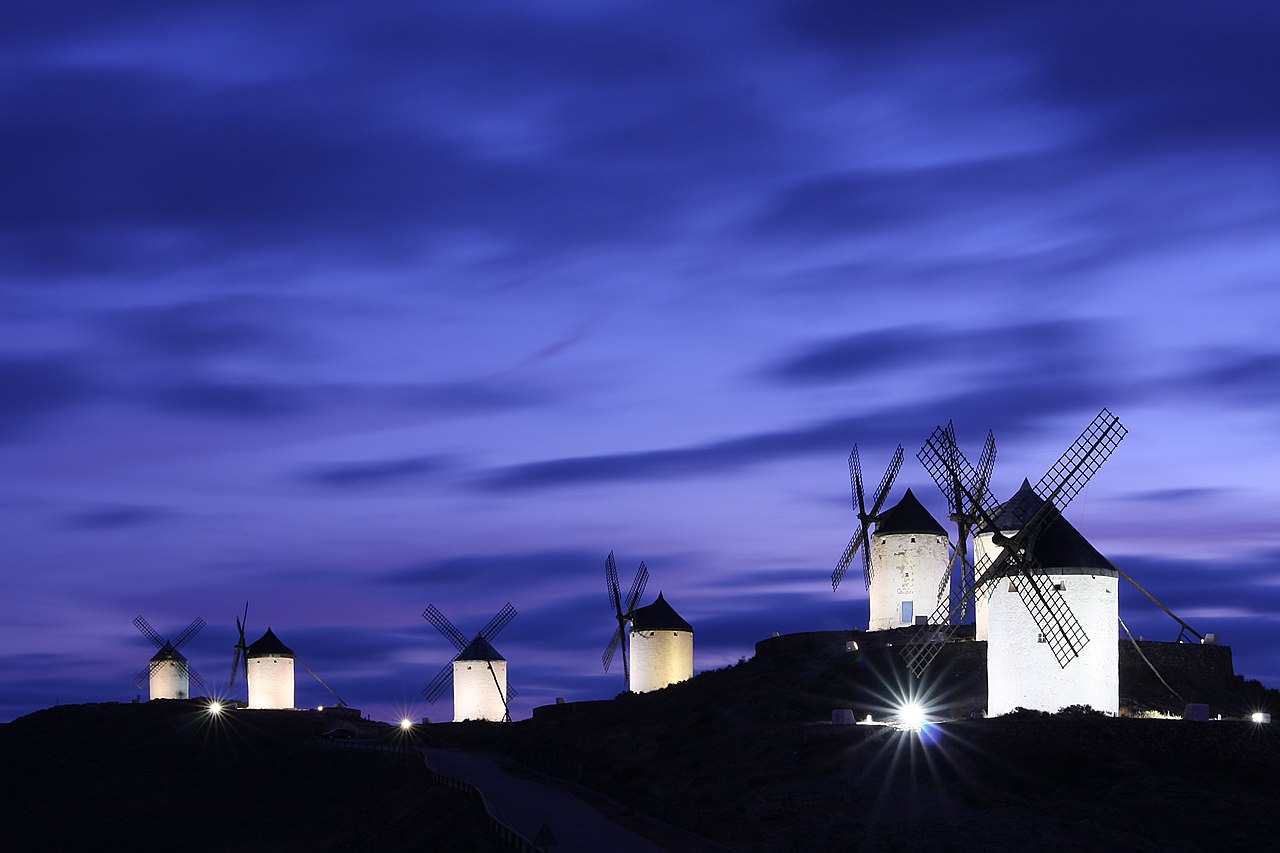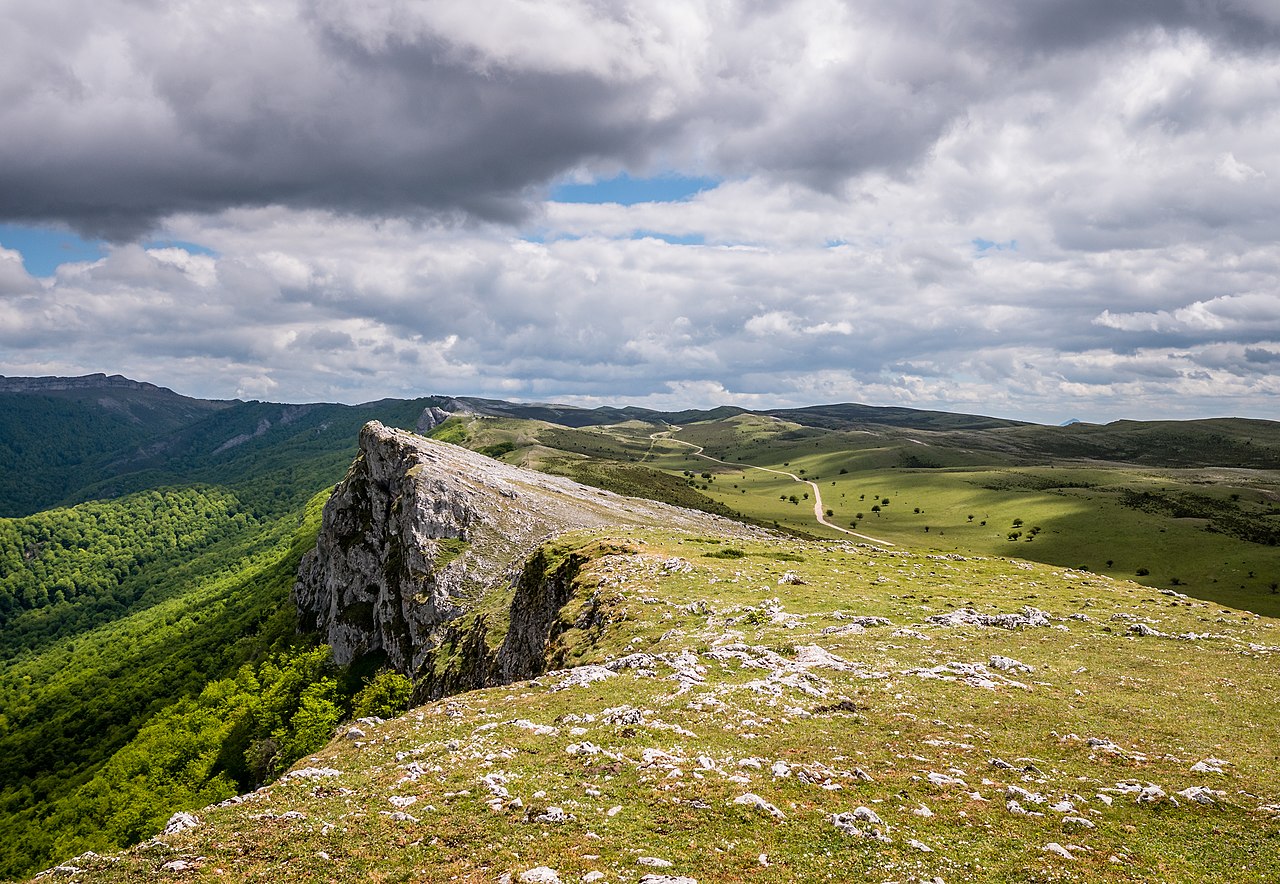Andalucía enchants visitors with its rich history, diverse landscapes, and vibrant culture. Whether you’re exploring historic palaces, enjoying sunny beaches, or indulging in local cuisine, Andalucía offers a captivating and unforgettable travel experience.
Getting There and Around
Andalucía, a diverse and vibrant region in southern Spain, is accessible via several major airports: Málaga-Costa del Sol Airport, Seville Airport, and Granada Airport. From these airports, you can reach various parts of Andalucía by train, bus, or car rental. The region boasts an extensive network of highways and a high-speed train service (AVE) connecting major cities like Sevilla, Málaga, and Córdoba. Public transportation within cities includes buses, trams, and metro systems, making it easy to explore.
Top Attractions
Alhambra (Granada): This UNESCO World Heritage site is a stunning example of Moorish architecture. The palace complex, with its intricate decorations, beautiful gardens, and historic significance, is a must-visit.
Mezquita (Córdoba): The Great Mosque of Córdoba is an architectural marvel with its forest of columns and arches, blending Islamic and Christian influences. The interior is awe-inspiring, and the adjoining cathedral adds to its unique charm.
Sevilla Cathedral and Giralda Tower: The largest Gothic cathedral in the world, it houses the tomb of Christopher Columbus. Climb the Giralda Tower for panoramic views of Seville.
Alcázar of Sevilla: A royal palace originally developed by Moorish Muslim kings, it’s renowned for its stunning Mudejar architecture, lush gardens, and intricate tilework.
Costa del Sol: Known for its beautiful beaches, luxurious resorts, and vibrant nightlife, the Costa del Sol stretches along the Málaga province and is perfect for sunbathing, water sports, and relaxation.
Ronda: This picturesque town is famous for its dramatic cliffside location and the Puente Nuevo bridge, which offers stunning views of the surrounding landscape.
Culture and Cuisine
Andalucía is rich in cultural traditions, with a strong influence from its Moorish past. The region is known for flamenco music and dance, bullfighting, and vibrant festivals such as Sevilla’s Feria de Abril and Holy Week processions.
Andalusian cuisine is diverse and flavorful, with an emphasis on fresh, local ingredients. Must-try dishes include gazpacho (cold tomato soup), salmorejo (a thicker version of gazpacho), pescaíto frito (fried fish), and jamón ibérico (Iberian ham). Tapas are a culinary staple, and you’ll find a variety of small dishes to share in bars and restaurants across the region. Don’t forget to sample local wines and sherries, particularly those from Jerez de la Frontera.
Shopping
For shopping, Andalucía offers a mix of traditional markets, artisan shops, and modern malls. In cities like Sevilla, Granada, and Córdoba, explore the historic centers for unique souvenirs, including ceramics, leather goods, and flamenco attire. The Mercado Central de Atarazanas in Málaga and Mercado de Triana in Sevilla are great for local produce and gourmet foods. For high-end shopping, Marbella’s Puerto Banús is renowned for its luxury boutiques.
Day Trips
Andalucía’s diverse landscape makes it ideal for day trips:
- Doñana National Park: A UNESCO World Heritage site known for its wetlands, migratory birds, and diverse wildlife. It’s a haven for nature lovers and bird watchers.
- Caminito del Rey (Málaga): A spectacular walkway pinned along the steep walls of a narrow gorge, offering breathtaking views and a thrilling experience.
- Jerez de la Frontera: Famous for its sherry production and equestrian shows, it’s also home to the Royal Andalusian School of Equestrian Art.
- White Villages (Pueblos Blancos): Explore charming whitewashed villages like Arcos de la Frontera and Grazalema, known for their scenic beauty and traditional Andalusian architecture.
Practical Tips
A few simple tips to make your visit to Andalucia easier.
- Best Time to Visit: Spring (April to June) and Fall (September to November) offer pleasant weather and fewer tourists. Summers can be very hot, particularly inland, while coastal areas are cooler. Winters are mild, making it a good time to visit as well.
- Language: Spanish is the official language. While English is spoken in tourist areas, learning some basic Spanish phrases can be helpful and appreciated by locals.
- Safety: Andalucía is generally safe, but as with any tourist destination, be mindful of your belongings in crowded areas and tourist sites to avoid pickpocketing.





